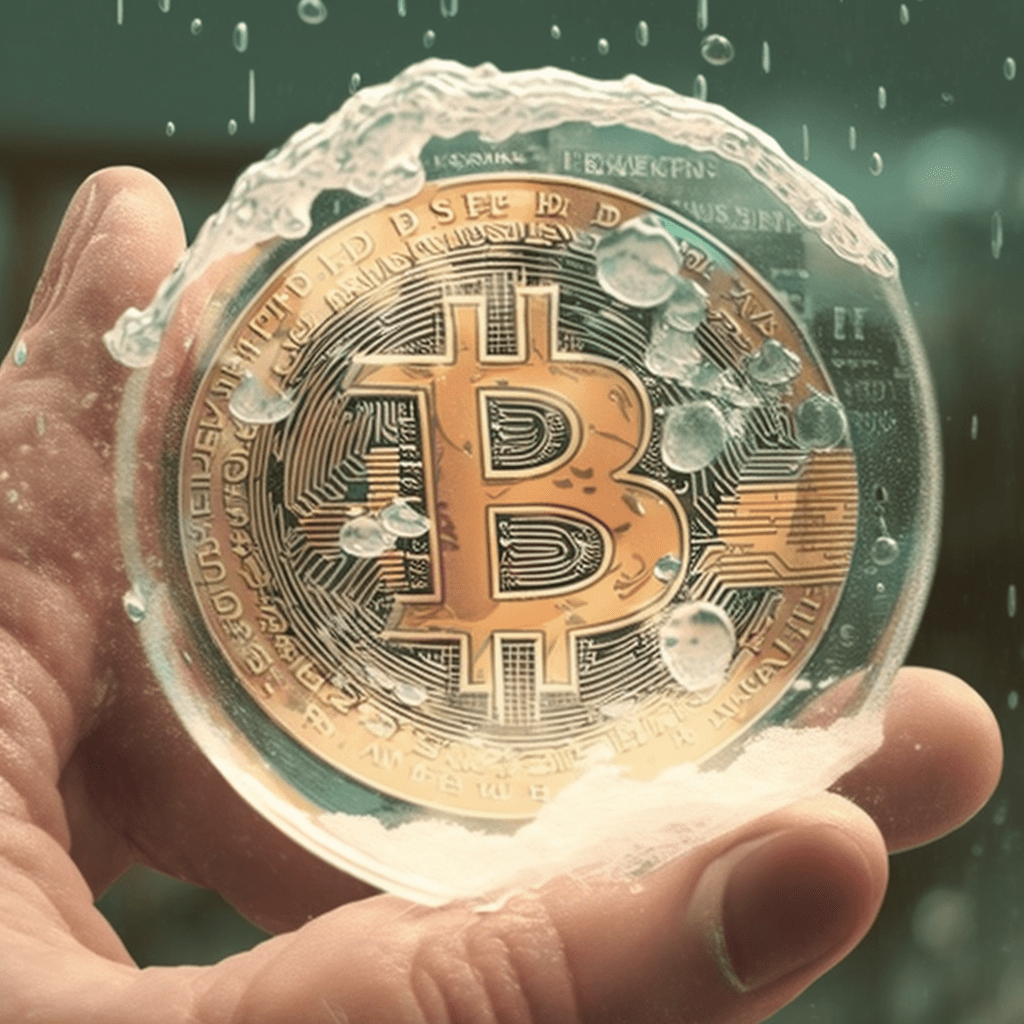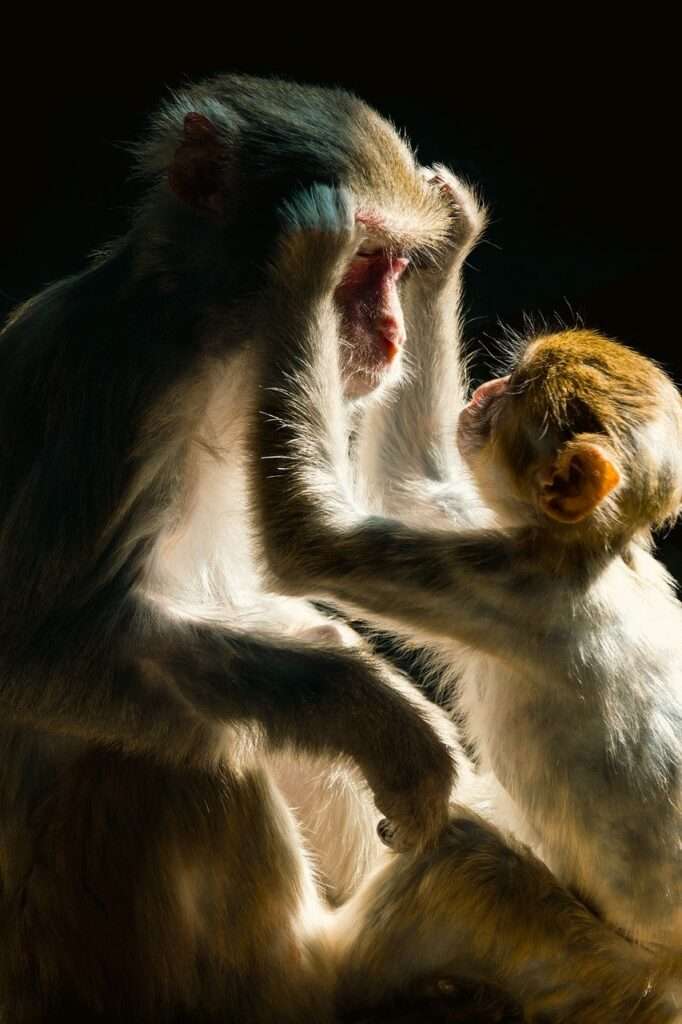The Death Toll On Maui and Influencers on TikTok
The rise of social media platforms has fundamentally transformed the way information is disseminated and consumed. Among these platforms, TikTok has emerged as a powerful force, enabling users to share short videos that can quickly go viral. In recent times, TikTok and similar platforms have been both lauded for their ability to spread awareness and criticized for their potential to distort narratives, particularly in sensitive contexts such as tragedies. This article delves into the case of Maui’s death toll and the influence of TikTok influencers, exploring the complex interplay between social media and public perception.
Maui's Tragedy and Death Toll
Maui, a picturesque Hawaiian island known for its stunning landscapes and vibrant culture, experienced a tragic event that led to loss of life. In 2022, a natural disaster struck the island, resulting in a significant death toll. The event elicited grief and empathy from around the world, prompting discussions about disaster preparedness, environmental conservation, and humanitarian aid. The mainstream media played a pivotal role in disseminating accurate information about the event, but the emergence of social media platforms added a new dimension to the dissemination process.
TikTok's Influence and Reach
TikTok, a platform initially designed for entertainment and short-form content, has evolved into a space where users can share their opinions, raise awareness about social and political issues, and even shape public discourse. With its algorithm-driven content discovery mechanism, TikTok has the potential to make videos go viral within hours, leading to widespread exposure. This power, however, comes with inherent challenges, particularly in situations where misinformation or distorted narratives can easily take root.
Influencers on TikTok
TikTok influencers are individuals who have amassed large followings due to their engaging and relatable content. These influencers often hold considerable sway over their followers’ opinions and can shape conversations around specific topics. In the context of Maui’s tragedy, some influencers took to TikTok to share their perspectives, experiences, and emotions regarding the event. While some used their platform responsibly, others inadvertently contributed to misinformation by sharing unverified or sensationalized content.
The Spread of Misinformation
In the aftermath of Maui’s tragedy, misinformation and conspiracy theories began to circulate on TikTok, much like on other social media platforms. Misguided individuals, misinformed influencers, or deliberate propagandists exploited the platform’s algorithmic mechanisms to amplify their narratives. The speed at which information spreads on TikTok can make it challenging to contain the dissemination of false information, potentially further exacerbating the tragedy’s impact.
Perception Distortion and Emotional Response
The real challenge arises from the potential distortion of public perception. As information flows rapidly through the interconnected network of users, it becomes increasingly difficult to discern accurate information from speculation or manipulation. Some users might base their emotional responses on incomplete or inaccurate information, which can lead to misplaced anger, confusion, or even apathy. TikTok, with its bite-sized content, can amplify emotional reactions without providing a comprehensive understanding of the situation.
Mitigating the Impact
Tackling the issue of misinformation and perception distortion on TikTok requires a multi-faceted approach. Education and media literacy programs are crucial to empower users to critically evaluate the information they encounter. Responsible influencers play a pivotal role in setting a positive example by fact-checking their content before sharing and being transparent about the sources of their information. Social media platforms also bear a responsibility to implement algorithms that prioritize accurate and reliable content over sensationalism.
The case of Maui’s tragedy and the role of TikTok influencers underscores the evolving landscape of information dissemination and public perception. While TikTok has the power to mobilize support, raise awareness, and provide a platform for underrepresented voices, it also presents challenges in terms of misinformation and perception distortion. Achieving a balance between free expression and responsible content sharing is crucial for harnessing the potential of social media platforms while minimizing their negative consequences in sensitive contexts. As society navigates these challenges, it becomes evident that a collaborative effort involving users, influencers, platforms, and educators is essential to ensure a more informed and empathetic global community.
By Daleep Singh




